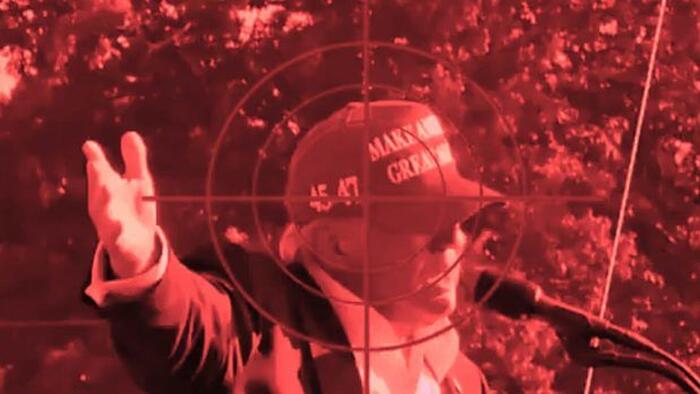The attempted assassination of former President Donald Trump at a rally in Butler, Pennsylvania, in July 2024 has led to significant scrutiny regarding the actions of local law enforcement snipers, Greg Nicol and Mike Murcko, who were positioned inside the AGR building. They failed to identify and stop Thomas Crooks, the alleged gunman, before he opened fire. Footage of the incident shows Crooks preparing to shoot Trump, raising questions about how two trained snipers could overlook a potential threat. The local authorities have suggested that the snipers lacked a clear view of Crooks, and there have been rumors that Nicol locked himself out of the building while searching for the suspect.
However, newly uncovered details from a time-stamped transcript of encrypted radio communications during the event provide a different narrative. Obtained through a Right to Know Law request, the transcript indicates that both Nicol and Murcko received warnings about an armed man on the rooftop before Crooks fired his weapon. They were alerted to the presence of the gunman approximately seven seconds prior to the shooting, during which time Murcko acknowledged the situation and confirmed that the shooter was down immediately after the dispatch of the gunfire. This timeline contradicts the previous claims made regarding their inability to spot Crooks due to their location.
Key information contained in the transcript shows that Butler Emergency Services Unit (ESU) Commander Ed Lenz was made aware of Crooks’s presence on the roof a few minutes before the shooting occurred. Despite being informed of an armed man at 6:08 PM, Lenz did not communicate this critical information to Nicol and Murcko until 6:11 PM, just moments before the shots rang out. This revelation raises further questions about the adequacy of the snipers’ response, as they received warnings nearly three minutes ahead of the incident. Furthermore, despite being aware of the armed individual for over 20 seconds, both snipers failed to take any preventive measures.
The transcript also supports Nicol’s claim that he left his post during the incident in search of Crooks. After the shooting, Murcko expressed uncertainty over Nicol’s whereabouts, indicating that he likely abandoned his position. A police camera even captured Nicol exiting the building shortly after the incident unfolded. These actions, along with the elapsed time between receiving information and executing a response, suggest a troubling lapse in judgment and coordination among law enforcement officers during a high-stakes situation.
In addition to revealing the timeline of events, the transcript includes previously unreported aspects related to the moments leading up to Crooks’s actions, such as the detainment of an unidentified individual around 6:03 PM. The redacted portions of the document have prompted inquiries regarding the significance of that detainment, though Butler County officials have stated that the redaction was made to protect the identity of a minor who was missing at that time. The ambiguity surrounding this detail further complicates the narrative and calls for further analysis and transparency regarding the events that transpired.
While the transcript brings new insights, it also invites skepticism about the handling of the situation by law enforcement. It illustrates a concerning possible failure on the part of commanders and snipers to maintain communication and take appropriate action in response to credible threats. With both the media and Congress mentioning the transcript yet omitting critical details, there’s an urgent need for clarity as to how such an incident could occur in a secured environment. The long-term implications for security protocols and practices in similar high-profile events remain to be seen as inquiries into the shooting continue.

